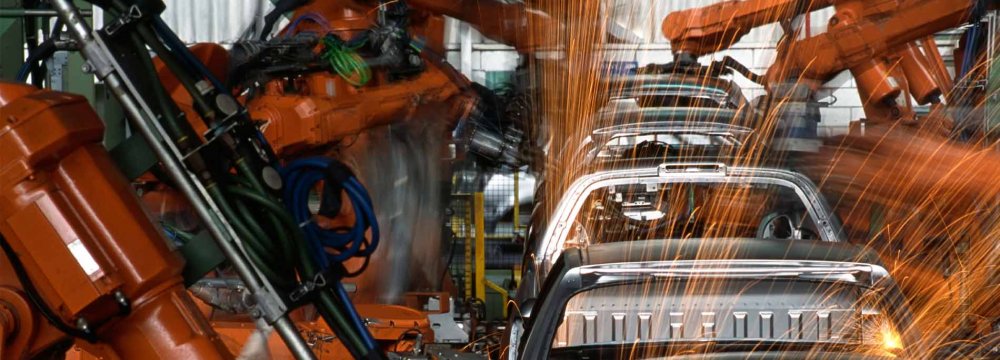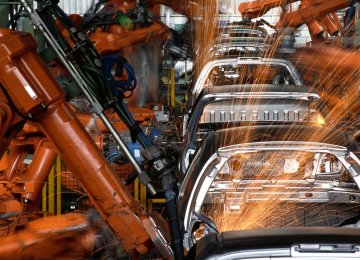Majlis Research Center has issued a new report predicting Iran’s auto industry will witness a 3% year-on-year growth in production in the current Iranian year (started March 20).
This is while auto manufacturers estimate their production will grow by about 13% compared to last year, reported Donya-e-Eqtesad.
It seems that the number reported by the automakers has only taken into account the production rate of Iranian companies listed on Iran’s stock exchange, such as Iran Khodro (IKCO), SAIPA and Pars Khodro, while the parliament has included all Iranian automakers, including private companies.
The figures indicate the dearth in information publicly available due to the small stature of subsidiaries and new private companies that continue to have a small market share.
The Iranian state continues to play a key role in the economy with large public and quasi-public enterprises dominating the manufacturing and commercial sectors.
IKCO and SAIPA are the top two auto manufacturers that have benefitted from state support. This might partly account for their relatively better performance.
Since domestic and international factors, which affect Iran’s automotive sector, are improving, the report predicts that the country’s auto industry will continue to grow next year.
Due to the lifting of sanctions and the prevalence of a more business-oriented environment, according to the World Bank, Iran’s real GDP growth is projected to reach 4.2% and 4.6% in 2016 and 2017 respectively.
As the country still relies on hydrocarbon production, Iran’s oil revenues will contribute the biggest share to the projected growth, which seemingly is to be followed by the country’s auto industry.
In fact, the January 2016 lifting of nuclear-related sanctions will provide a short-term boost to Iran’s economy. For sustaining the recovery, longstanding structural reforms are needed, which auto players are eager to implement.
In the last few months, several deals have been signed with international automakers like PSA Group (comprising Peugeot and Citroen) while negotiations with companies like Renault, Volkswagen and Fiat are continuing.
By forging new deals with international companies, Iranian auto manufacturers plan to offer a wider range of products and introduce new models that are likely to rekindle interest in domestic cars.
The Iranian economy is estimated to have advanced at an annual growth rate of only 0.5% in the 2015-16 Iranian calendar, according to the World Bank. Although meager, this has led to a relative rise in citizens’ purchasing power and boosted car demand.
Private companies currently offer easy payment schemes to help increase car sales, while the government offered loans in the past.
According to the report, Iran’s annual auto production rate is to reach 1.4 million units, which is still 200,000 units short of the country’s record registered five years ago.
Highlight: Due to the lifting of sanctions, Iran’s real GDP growth is projected to reach 4.2% and 4.6% in 2016 and 2017 respectively





